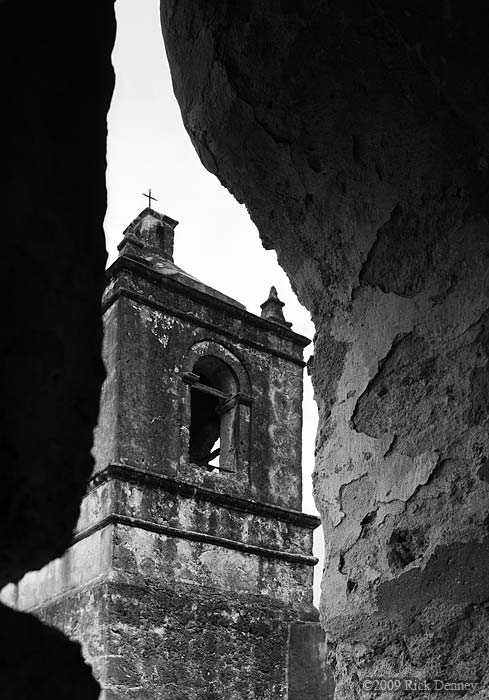Hi, I am using a Chamonix 45N-1 and lenses that range from a 65mm Nikon to a 300mm Nikon. I have read in a few posts that diffraction of lenses often kicks in at around f22 or so. For most purposes, this aperture gives me a sharp image and enough depth of field to render the scene sharp from front to back (without really worrying about movements). For lenses on the wide end (I have Nikon 65mm f4 and a Schneider Super Angulon f8) can I effectively shoot more wide open (say f16 or f11) and still obtain sharp depth of field from front to back? Does diffraction start at a more wide open aperture with these lenses? Or is diffraction a common thing that is standard amongst all lenses, provided the format is consistent? I am mainly shooting architecture with these wide angle lenses.
Sorry, I am not sure if that is really phrased well. Thanks for any information, would be greatly appreciated! Best Regards Josh



 Reply With Quote
Reply With Quote


Bookmarks